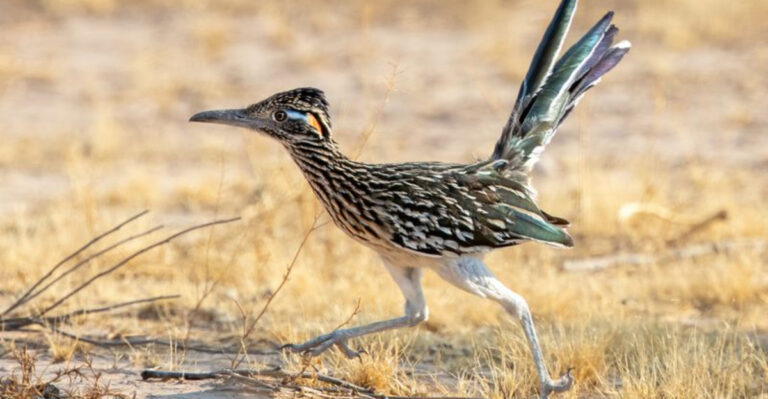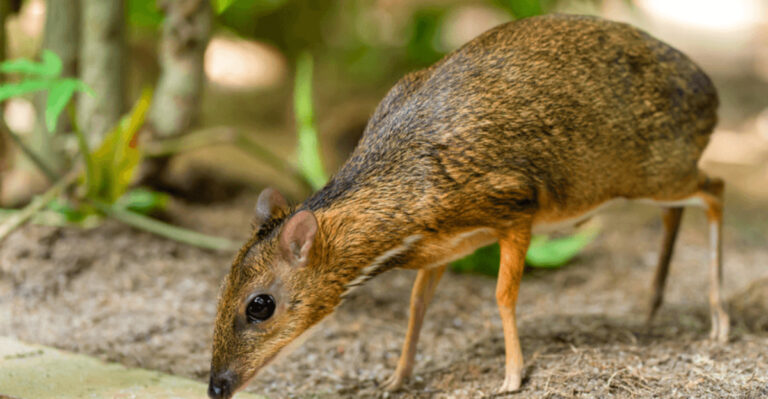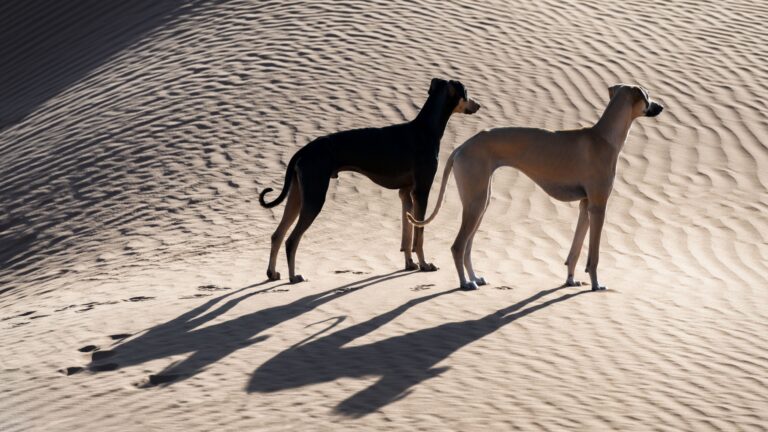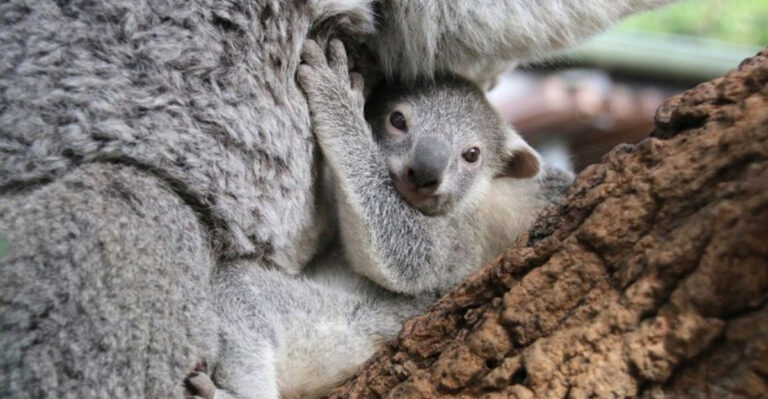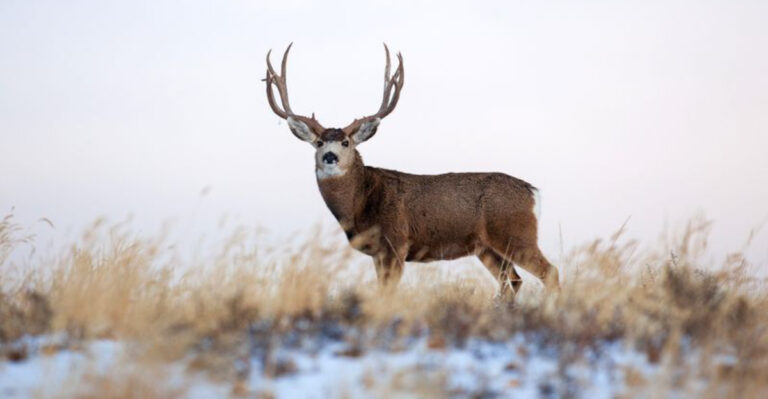18 Breathtaking Animals That Call The U.S. Home
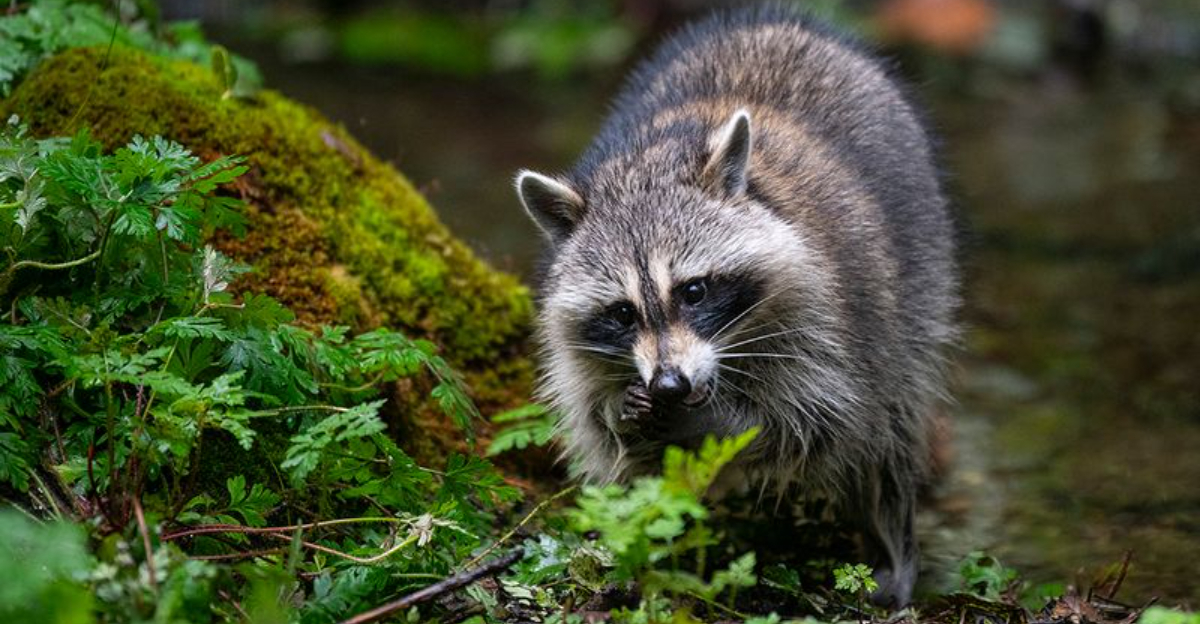
The United States is home to a diverse array of wildlife, some of which are undeniably adorable.
From the playful antics of river otters to the striking appearance of the red fox, these animals capture our hearts with their charm and beauty.
1. American Alligator
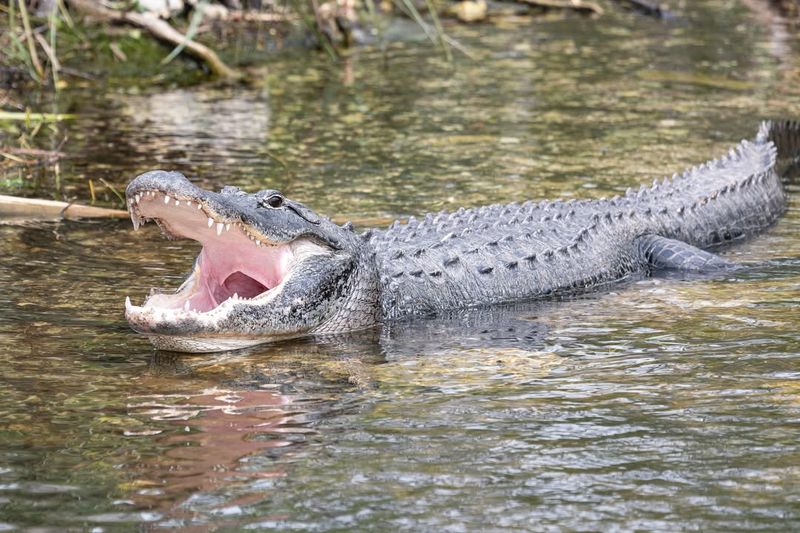
Found throughout the southeastern U.S., the American alligator is both prehistoric and powerful.
Its armored body and watchful eyes are awe-inspiring, especially when gliding silently through swampy waters. It’s a reminder of the wild lurking just beneath the surface.
2. Desert Bighorn Sheep
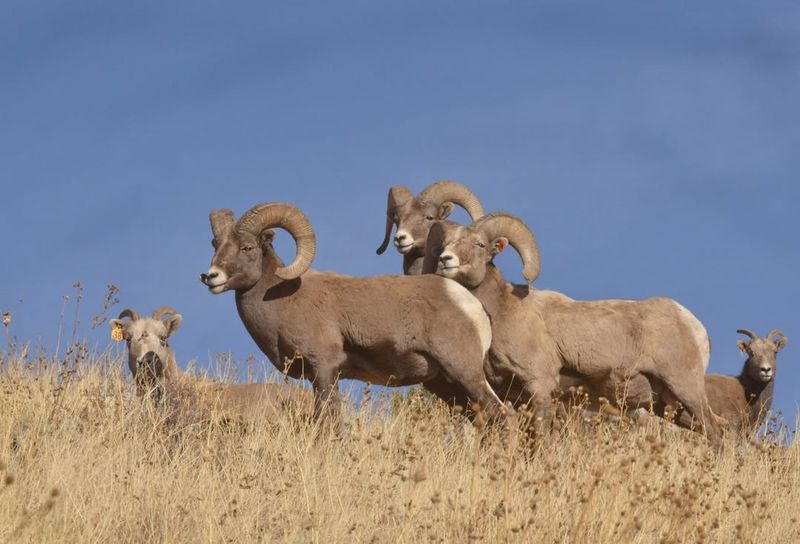
These muscular animals are built for rugged desert cliffs and high mountain slopes in the American Southwest.
Their spiraling horns and surefooted climbs make them one of the most breathtaking sights in dry, arid regions. Watching them scale near-vertical terrain is pure thrill.
3. American River Otter
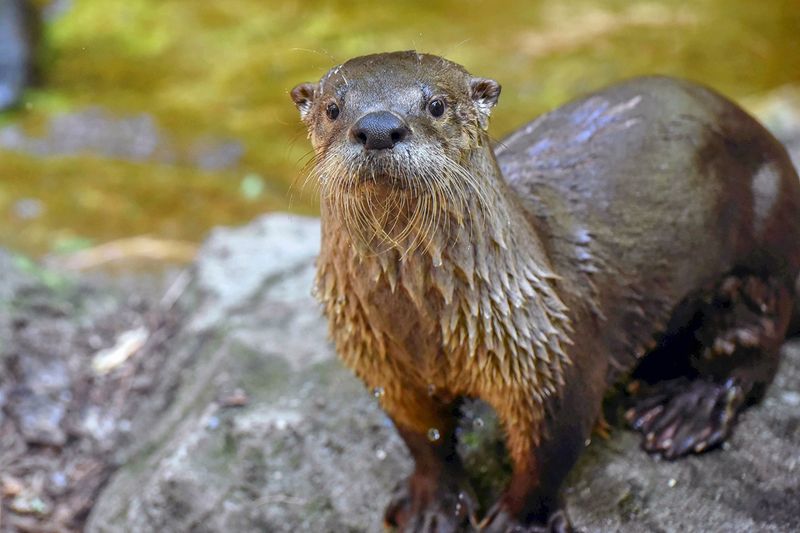
Playful, sleek, and agile, the American river otter is a joy to spot in the wild.
Found in lakes, rivers, and marshes across the U.S., these social swimmers are as graceful underwater as they are curious on land. Their presence often signals a healthy ecosystem.
4. Eastern Cottontail Rabbit
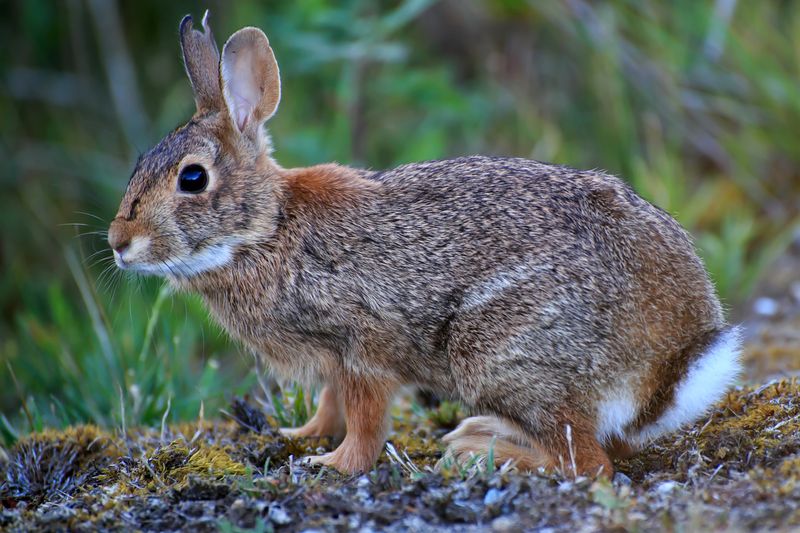
With its twitching nose and cotton-ball tail, the Eastern cottontail is a familiar sight in meadows and suburban yards.
Its shy demeanor and lightning-fast hops make it both elusive and endearing. It thrives in a wide range of American landscapes.
5. Northern Cardinal
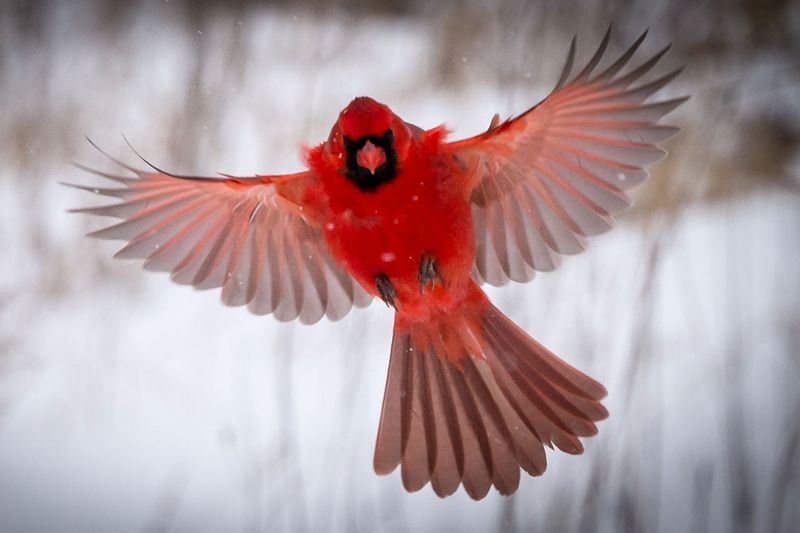
A burst of red against a snowy backdrop or green foliage, the northern cardinal is one of the most striking birds in North America.
Males are especially vivid, while females have warm, subtle tones. Their sweet, whistling songs make them a favorite among backyard birdwatchers.
6. Gray Squirrel
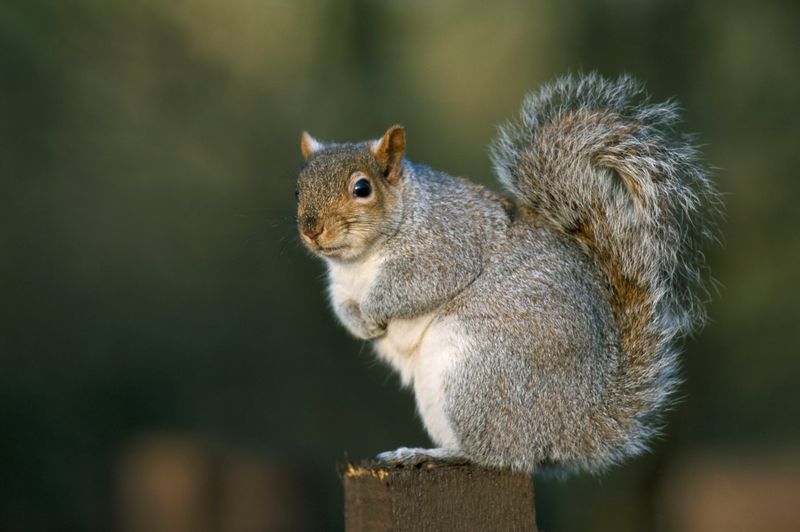
Common in parks and forests, gray squirrels are agile climbers known for their bushy tails and acorn-hoarding habits.
They’re endlessly entertaining and surprisingly intelligent, often solving puzzles or raiding feeders with impressive skill.
7. Monarch Butterfly
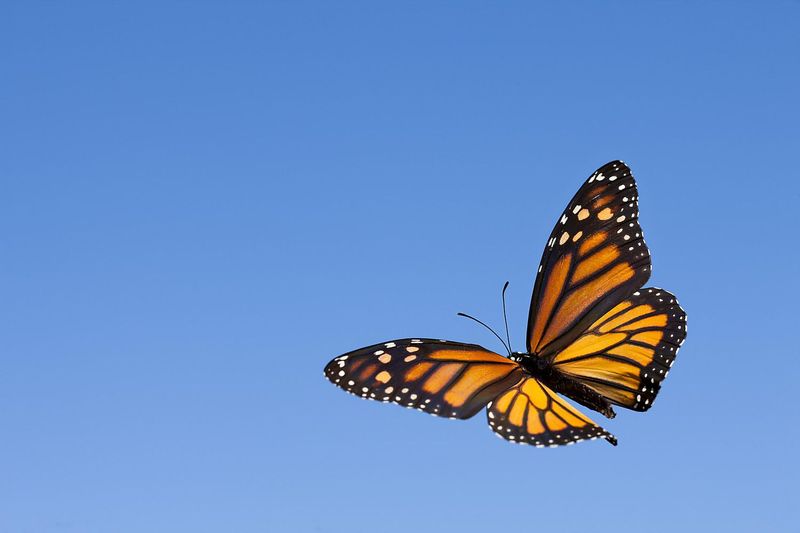
Few creatures are as captivating as the monarch butterfly, especially during its epic migration from the U.S. to Mexico.
Its vibrant orange-and-black wings are as symbolic as they are beautiful. The monarch is not just breathtaking—it’s also an ecological icon.
8. American Black Bear
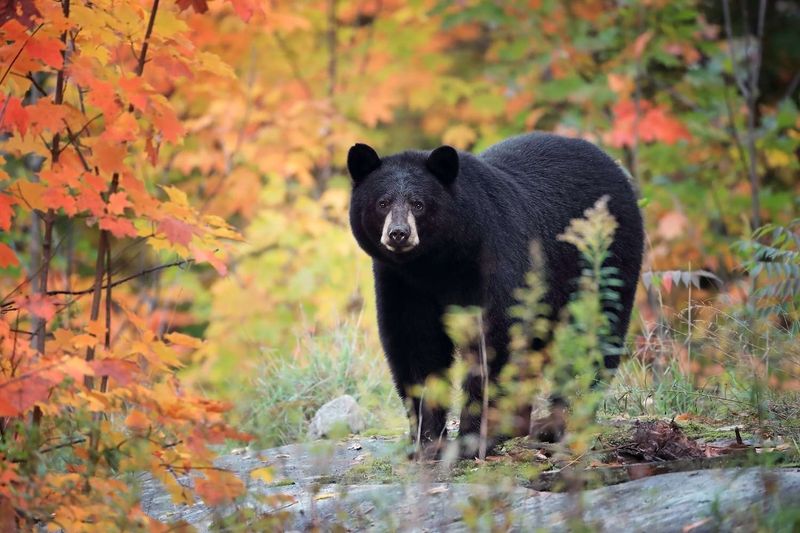
Powerful yet shy, the American black bear is a majestic presence in U.S. forests and mountains.
Despite their size, they are excellent climbers and often feed on berries, plants, and insects. Their quiet strength and curious behavior inspire both awe and respect.
9. American Bison
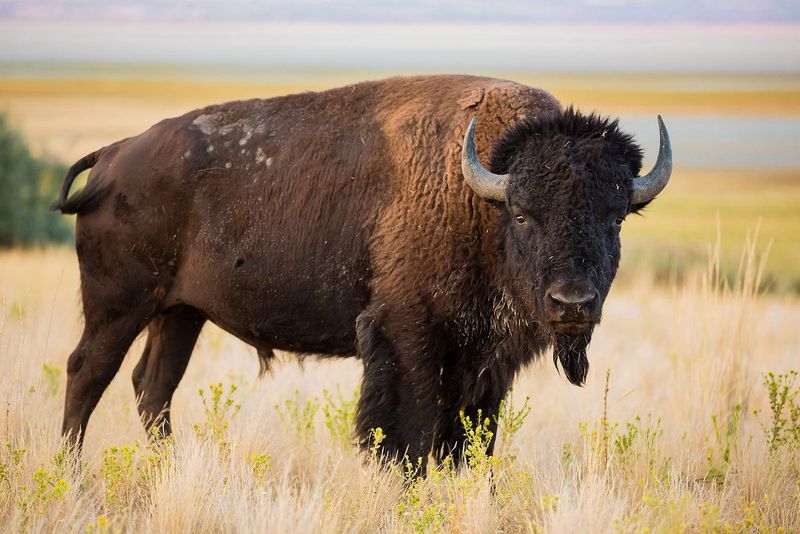
Once nearly extinct, the American bison has made an incredible comeback.
These massive animals roam the plains and national parks with a sense of ancient grandeur. As the national mammal of the U.S., they’re a living symbol of resilience and wild beauty.
10. Red Fox
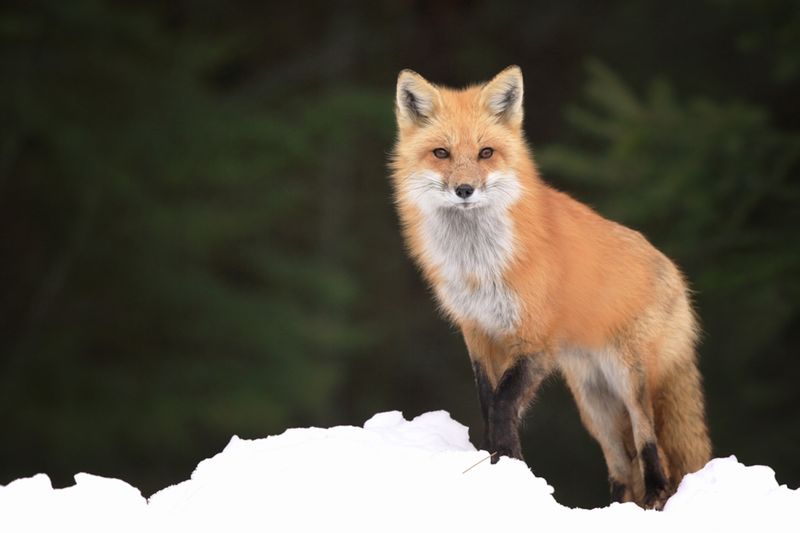
With a fiery coat and piercing eyes, the red fox is both clever and captivating.
Found in rural and even urban areas, its playful movements and bushy tail give it a storybook charm. Despite their sly reputation, they’re fascinating and adaptable animals.
11. Mountain Bluebird
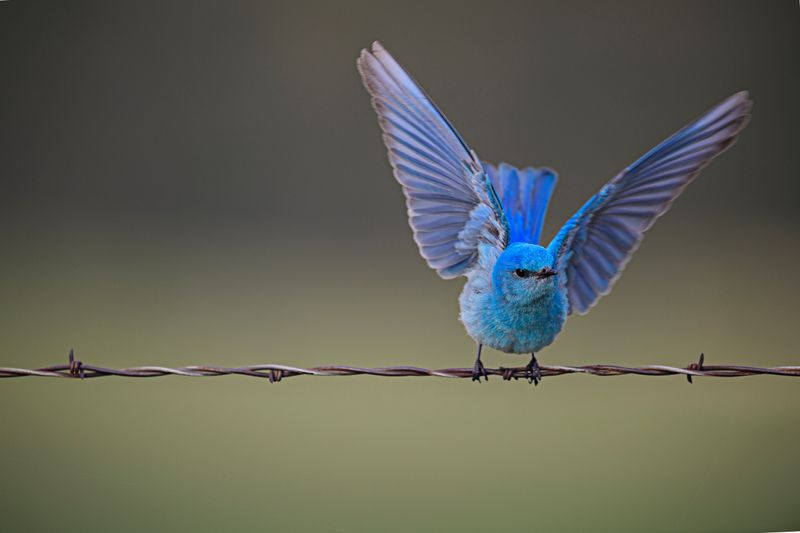
A flash of bright sky-blue across a Western field, the mountain bluebird is a stunning symbol of open spaces.
Males are brilliantly colored, while females have softer hues. Their gentle songs and glowing feathers make them a true prairie treasure.
12. Prairie Dog
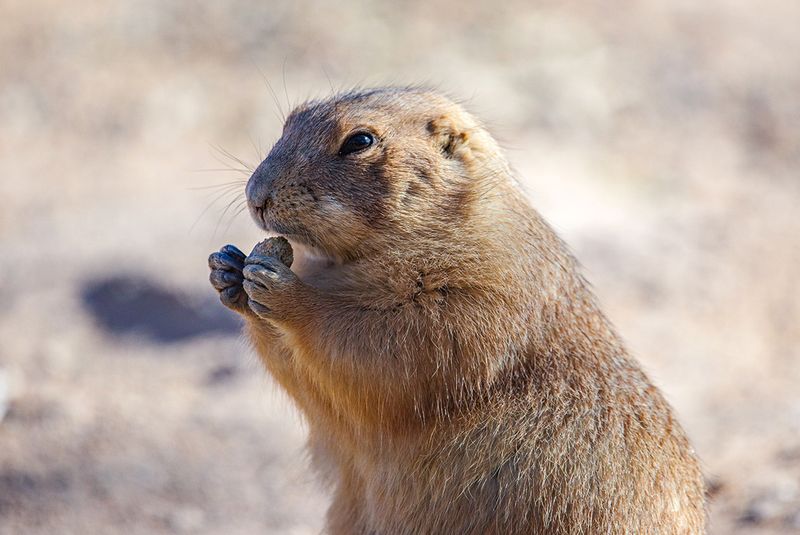
These social rodents are known for their charming chattering and complex underground burrows.
Found throughout the Great Plains, prairie dogs live in colonies and play a key role in their ecosystem. Watching them pop in and out of their tunnels is endlessly delightful.
13. Raccoon
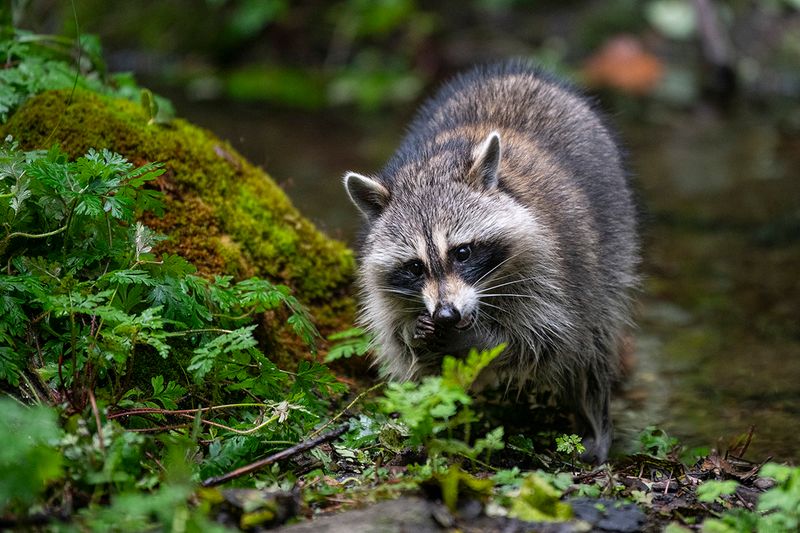
Smart, sneaky, and full of personality, raccoons are famous for their masked faces and nimble paws.
Whether raiding trash cans or foraging in forests, they always seem one step ahead. Their adaptability makes them common—but never boring.
14. Bald Eagle
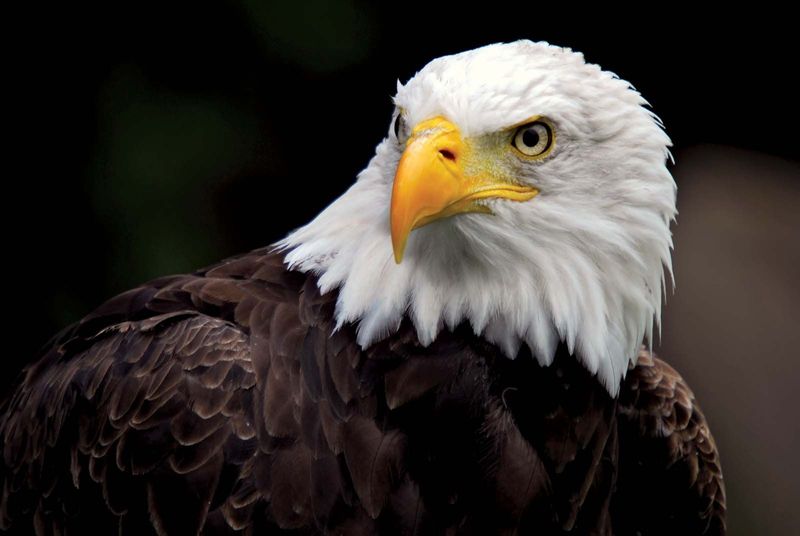
Majestic and fierce, the bald eagle is a true American icon.
Once endangered, it now soars proudly over lakes, rivers, and coastlines across the U.S. Its sharp eyes and powerful wingspan command attention—and symbolize freedom like no other animal.
15. Great Horned Owl
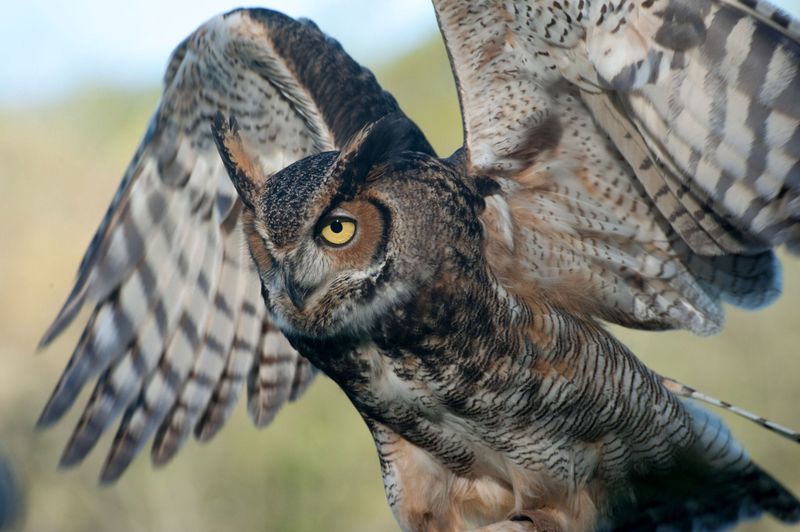
Silent and mysterious, the great horned owl is a top nocturnal predator with an unmistakable silhouette.
Its piercing yellow eyes and deep hoots echo through woodlands at night. Spotting one feels like witnessing a creature from a dream.
16. Chipmunk
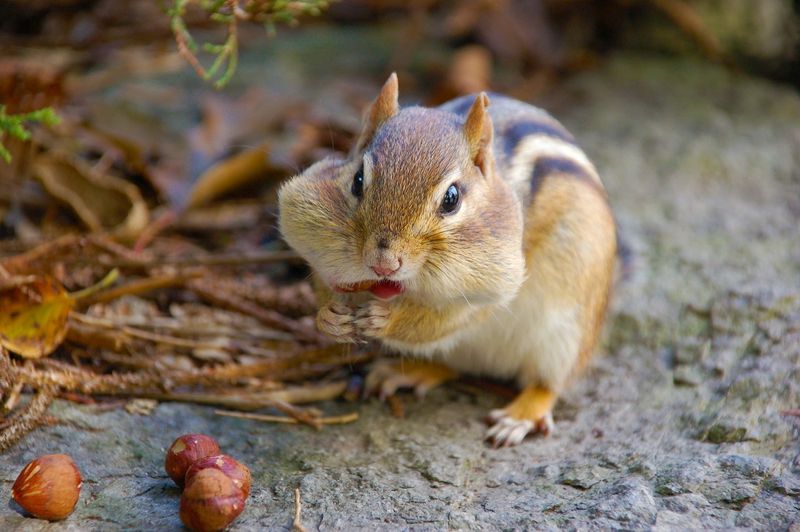
Tiny but full of energy, chipmunks are often seen darting through leaves or stuffing their cheeks with food.
Their stripes and quick movements make them a charming part of American woodlands and gardens. They’re the ultimate busybodies of the forest floor.
17. Humpback Whale
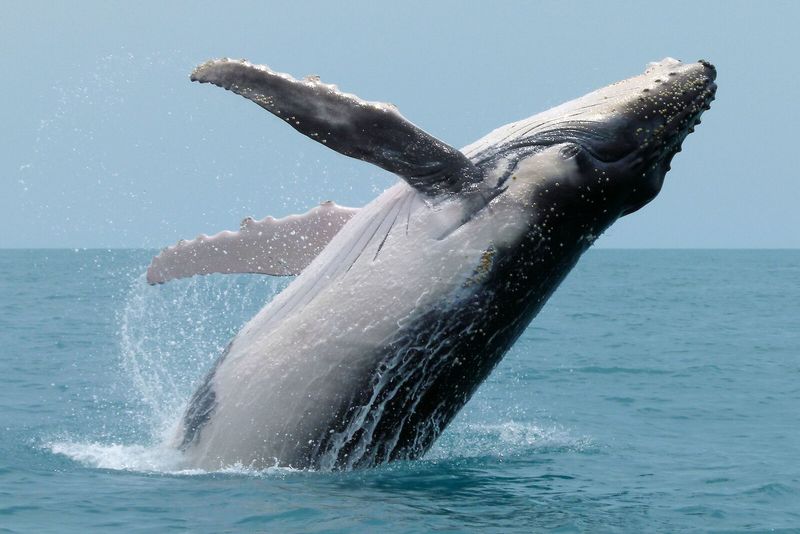
Off U.S. coasts, the humpback whale puts on one of the most spectacular natural shows in the ocean.
Known for their acrobatic breaches and haunting songs, these giants migrate thousands of miles each year. Seeing one up close is a life-changing experience.
18. Moose
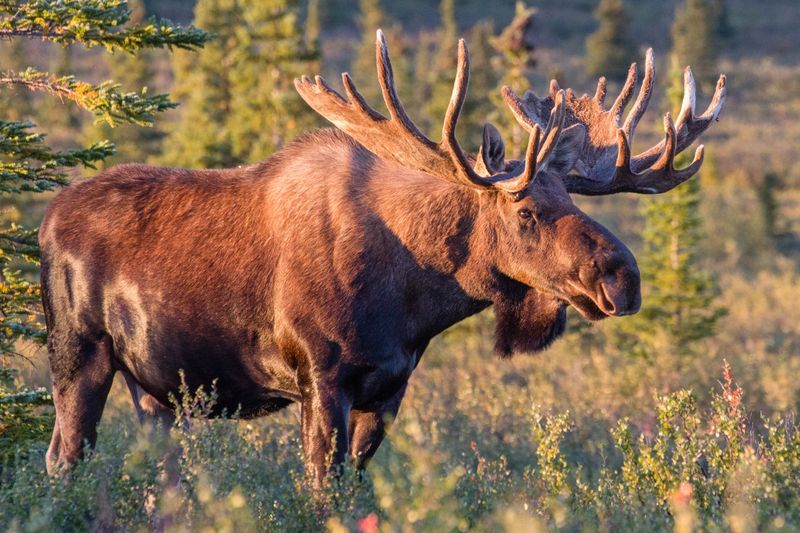
Towering and solitary, the moose is a northern icon of wilderness.
With their massive antlers and quiet strength, they move gracefully through forests, marshes, and snow-covered terrain. Despite their size, they can disappear into the landscape in a heartbeat.

